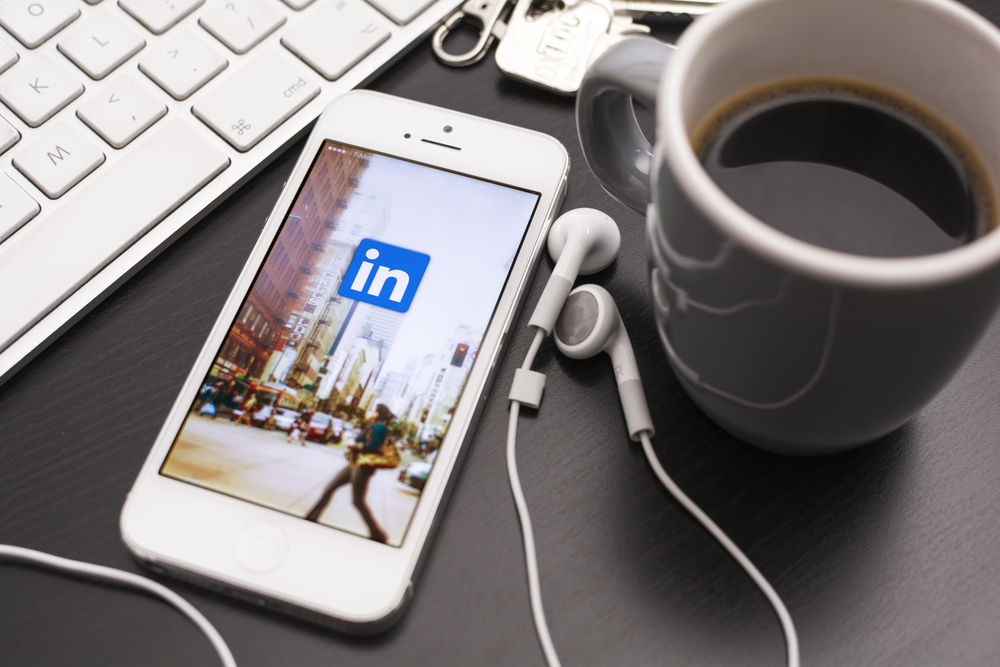LinkedIn is an underrated social marketing tool that most brands are overlooking. A whopping 64 percent of all visits to company websites from social media come from the network, according to Econsultancy research, and it has a conversion rate 2.75 times that of other social networks. So why isn’t it one of the premier marketing channels for most brands?
Some companies might not understand how to use it. LinkedIn is apparently trying to change that by streamlining its mobile interface and user profiles. In an official blog post, the company publicized new smartphone and tablet views of user pages, highlighting larger profile pictures, better functionality for seeing mutual connections and an expanded view of users’ groups.
LinkedIn’s quiet mobile dominance
Most people’s idea of LinkedIn could be summarized with the following keywords: B2B, desktop, office, corporate and networking. Those attributes all exist on LinkedIn, but it does the channel a disservice to only think in terms of B2B relationships and traditional web browsing behaviors. For example, 41 percent of all LinkedIn sessions take place on mobile devices, according to TechCrunch. The site’s mobile growth has been downright explosive (up from 8 percent at the beginning of 2011) and there are 15 million mobile profile views each day.
LinkedIn isn’t just a way for job seekers to scout future employees or massive B2B firms to perform competitive research – although those are good uses of LinkedIn’s capabilities. Some of the unheralded functions of this social marketing channel include:
-
Content sharing: LinkedIn users are incredibly engaged and perform lots of sharing and commenting. This makes it an important tool not just for spreading the reach of content across the web, but for putting it in front of the most qualified leads.
-
Branding: While Facebook, Twitter and other channels are very useful for company branding, LinkedIn is built on the premise that brand images are essential for connecting with customers. In fact, LinkedIn research indicates its own users are brand advocates, with 86 percent saying they prefer to find businesses they like and stick with them for future purchases.
-
Trust-building: B2C customers often prefer to interact with brands, but those who don’t may prefer to put a human face to a corporate name. As the only social network founded on professional connections, LinkedIn lets brand identities mingle with individual employee pages to encourage one-to-one connections when appropriate.
Given the strong emphasis LinkedIn places on personal/professional connections, it makes sense they’re pushing for mobile usage patterns. People meeting face-to-face and on-the-go can instantly connect, share content and forge relationships when all they need to do is quickly access an app.




